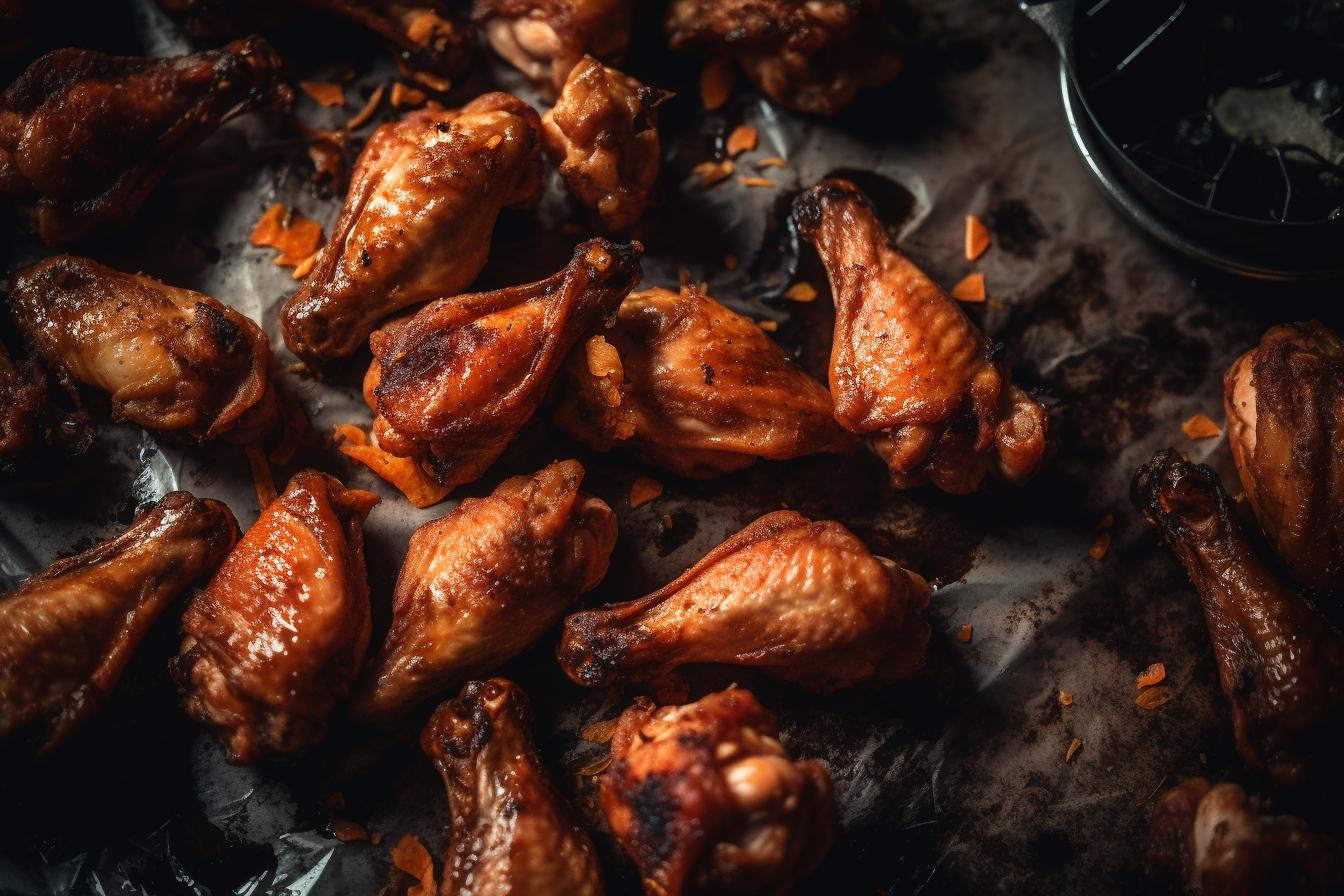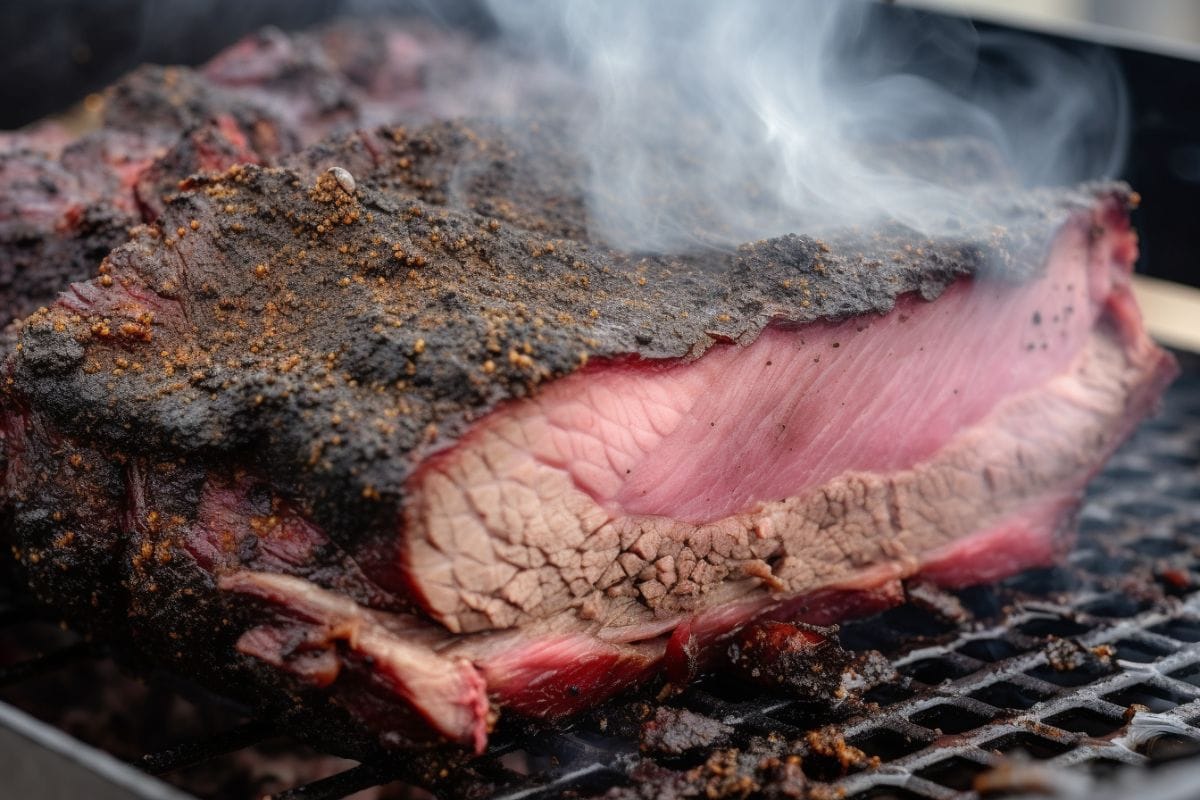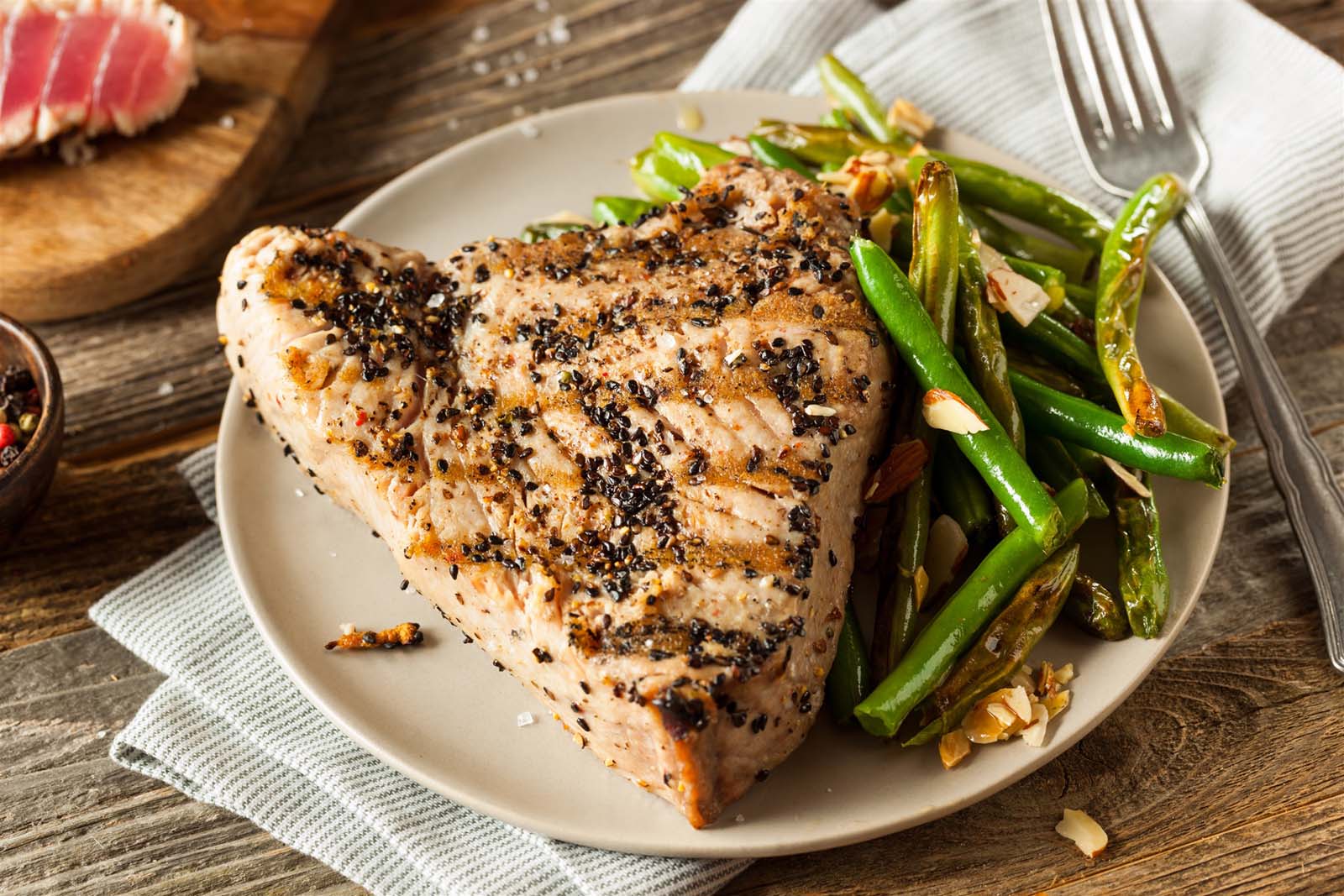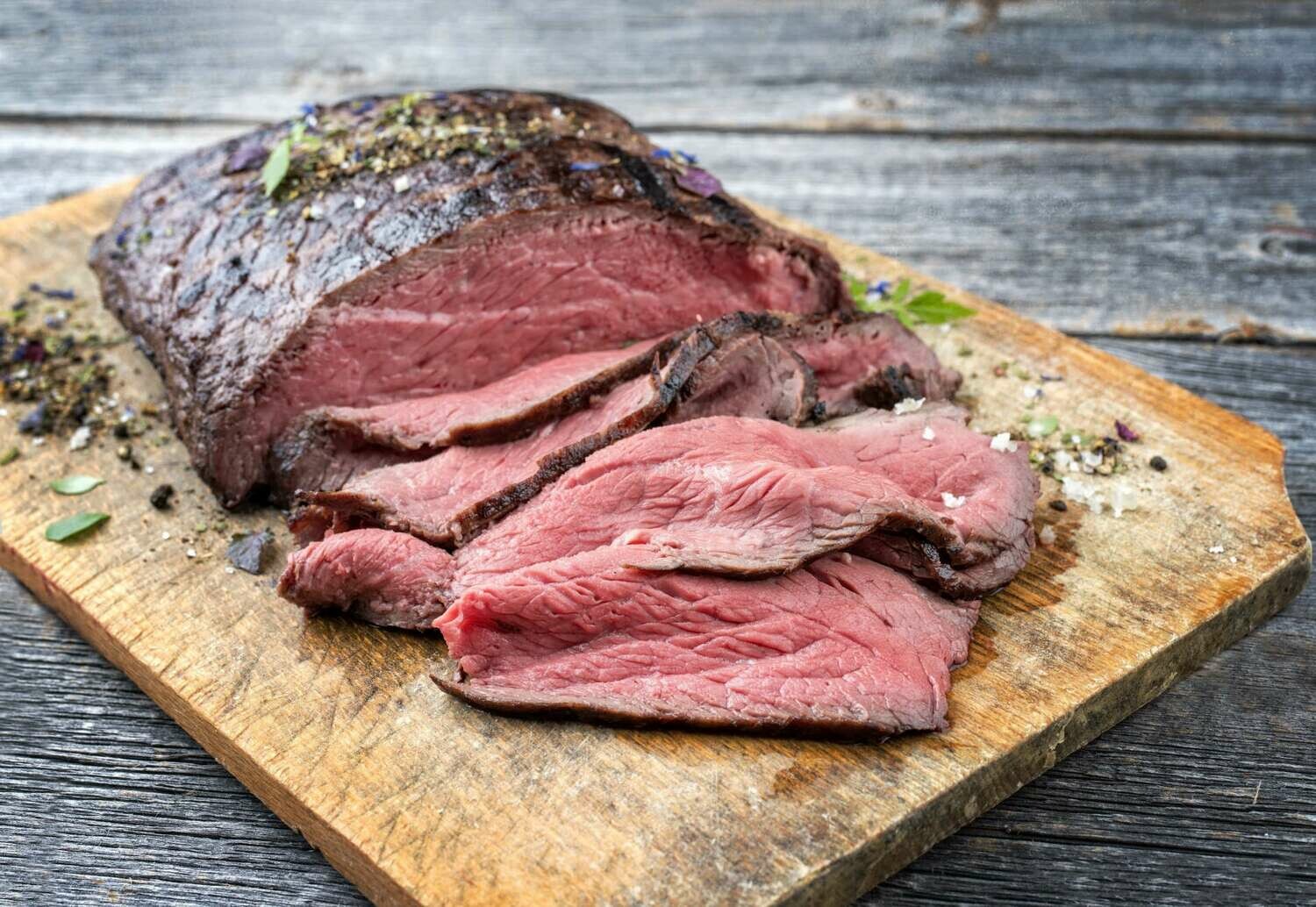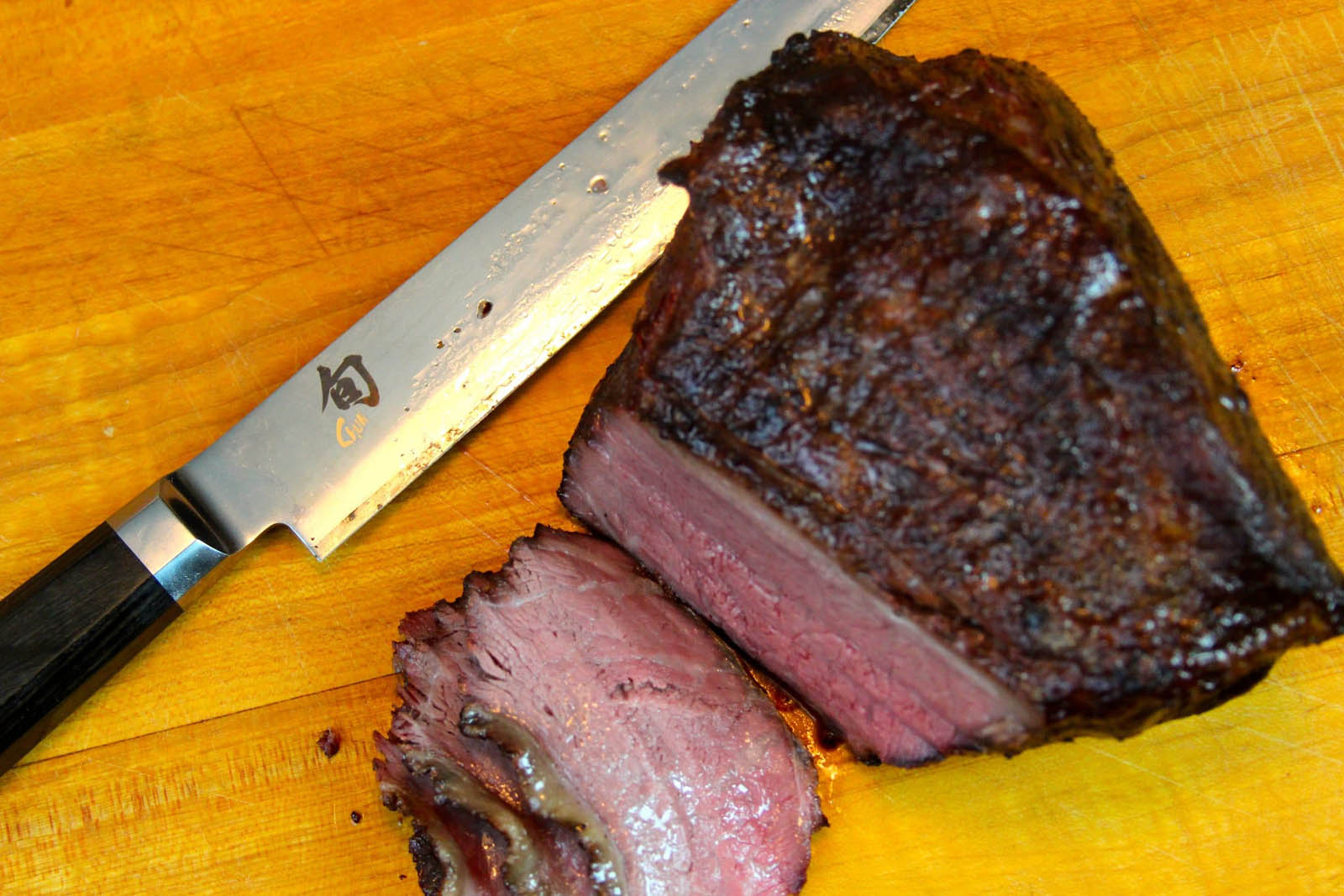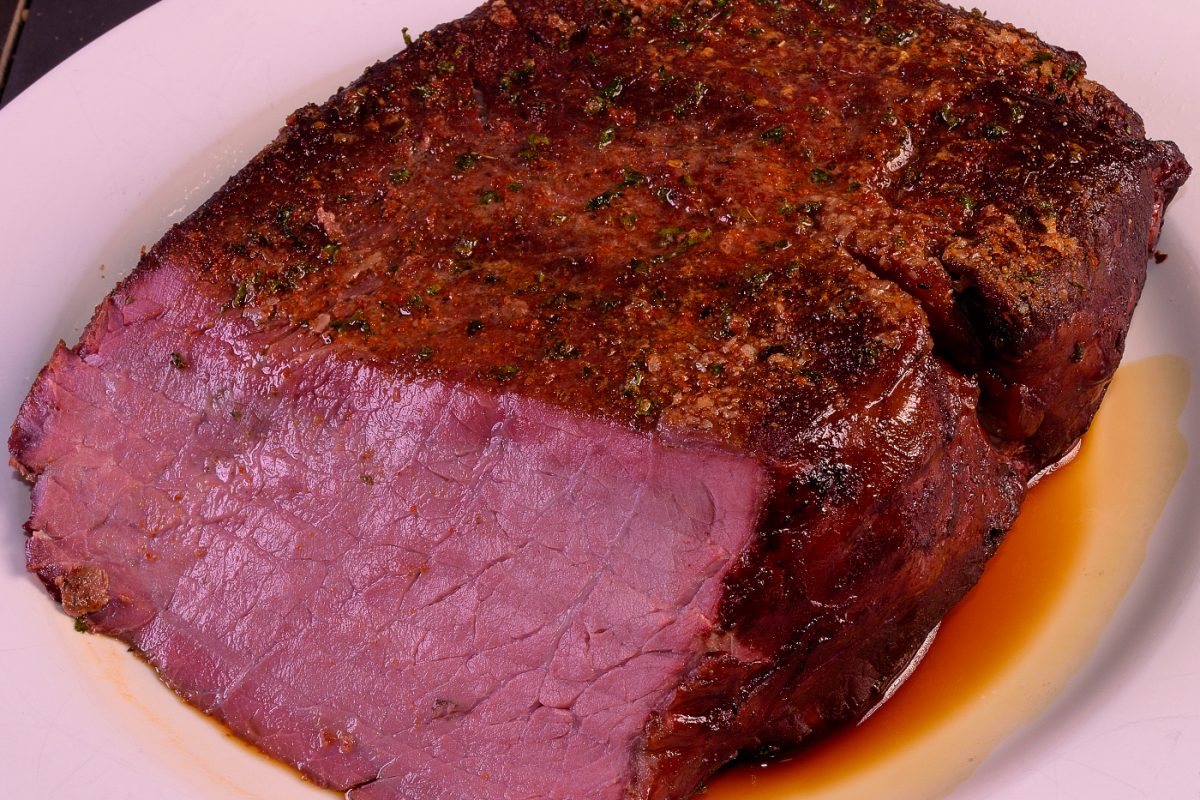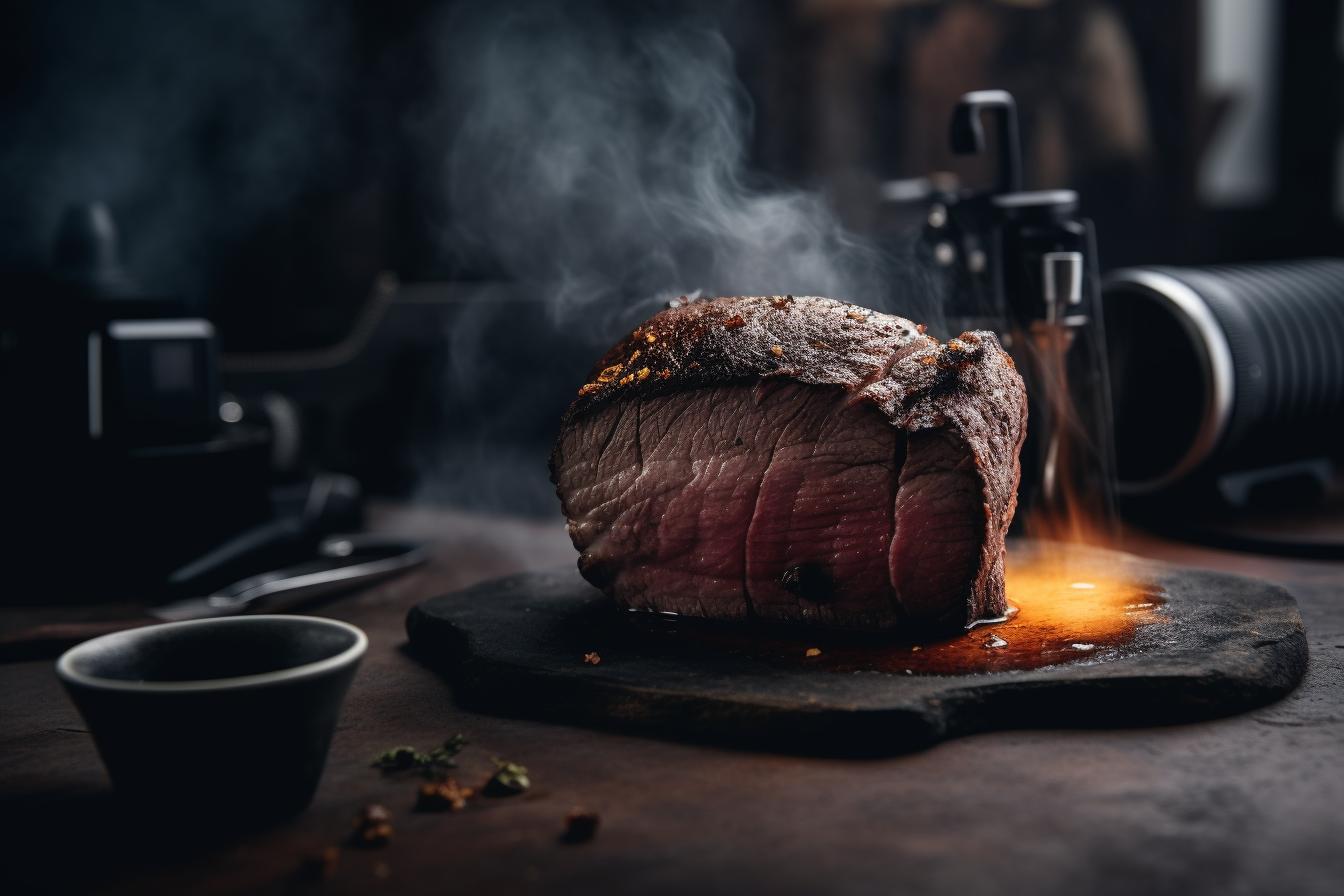Smoking Grains for Beer: A Flavorful Technique
When it comes to brewing beer, there are numerous ways to add unique flavors and aromas to your brew. One popular method is smoking grains, which imparts a rich, smoky flavor to the beer. In this article, we’ll explore the process of smoking grains for beer and how it can elevate the taste of your homebrew.
Choosing the Right Grains
Before you start smoking your grains, it’s important to select the right type of grains for your beer. Barley is a common choice for brewing, and it can be smoked to add depth and complexity to the beer’s flavor profile. Additionally, you can consider using smoked malt or smoked wheat for a different twist on traditional beer recipes.
Preparing the Smoking Process
Once you’ve chosen your grains, it’s time to prepare them for smoking. Start by spreading the grains out on a baking sheet in a thin, even layer. This will allow the smoke to evenly penetrate the grains and impart the desired flavor. You can also consider soaking the grains in water for a few hours before smoking to help them absorb the smoky essence more effectively.
Smoking the Grains
When it comes to smoking grains for beer, there are a few different methods you can use. One popular approach is to use a smoker or a smoking box. Simply place the prepared grains in the smoker or smoking box, and then use your choice of wood chips, such as hickory, cherry, or mesquite, to generate the smoke. Let the grains smoke for about 30-60 minutes, or until they have absorbed the desired amount of smoky flavor.
If you don’t have access to a smoker, you can also use a stovetop smoker or even a grill to achieve a similar effect. Simply place the grains in a heatproof pan or foil packet, and then place it over the heat source with the wood chips to create the smoke.
Factors to Consider
When smoking grains for beer, it’s important to consider the intensity of the smoke flavor you want to achieve. The type of wood chips you use will greatly impact the final flavor of the grains, so experiment with different varieties to find the perfect balance for your brew. Additionally, the duration of smoking will also affect the intensity of the smoky flavor, so be mindful of the timing to achieve your desired results.
Using Smoked Grains in Brewing
Once your grains have been smoked to perfection, it’s time to incorporate them into your brewing process. You can use the smoked grains as a partial mash by combining them with other non-smoked grains, or you can use them as the sole source of fermentable sugars in your beer. Regardless of the method you choose, the smoked grains will impart a unique and complex flavor to your beer, creating a truly distinctive brew.
Experimenting with Flavor Profiles
Smoking grains for beer opens up a world of possibilities for experimenting with different flavor profiles. Whether you’re aiming for a subtle hint of smoke or a bold, robust smokiness, the process of smoking grains allows you to tailor the flavor of your beer to your preferences. Consider blending different types of smoked grains or combining them with other specialty malts to create truly one-of-a-kind brews.
Conclusion
Smoking grains for beer is a rewarding and creative way to enhance the flavor of your homebrew. By selecting the right grains, preparing them for smoking, and experimenting with different smoking methods and wood chips, you can craft beers with unique and memorable smoky undertones. Whether you’re a seasoned homebrewer or just starting out, consider incorporating smoked grains into your next batch of beer for a truly distinctive drinking experience.
Was this page helpful?
Read Next: How To Smoke Pork Loin On Big Green Egg


